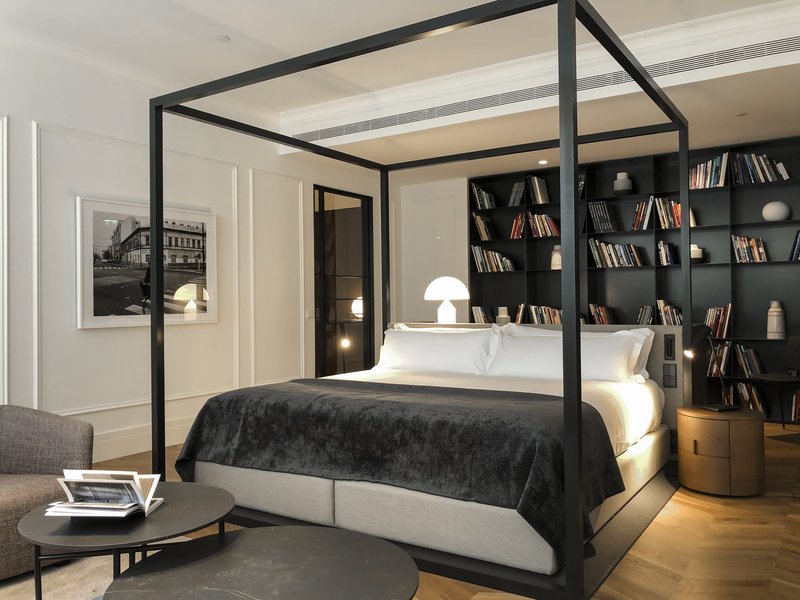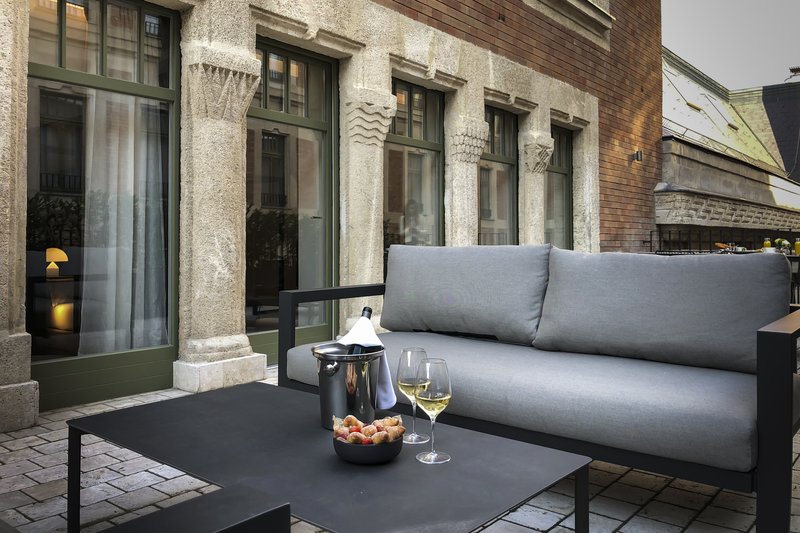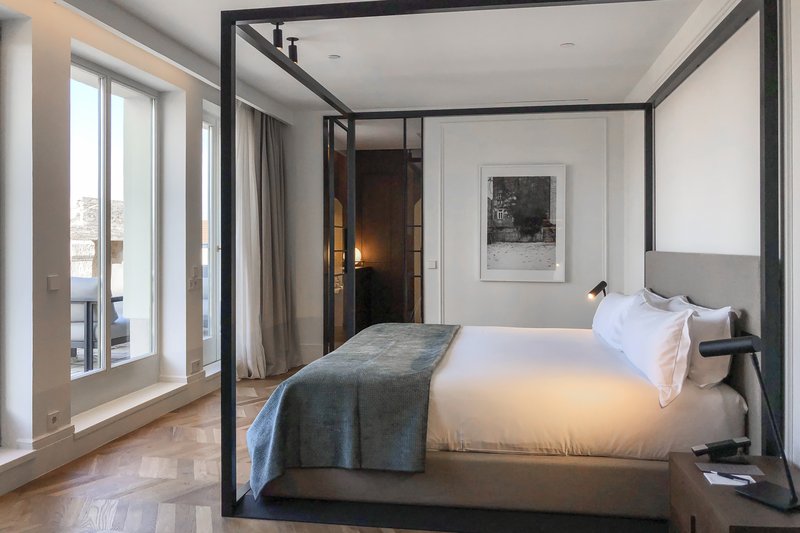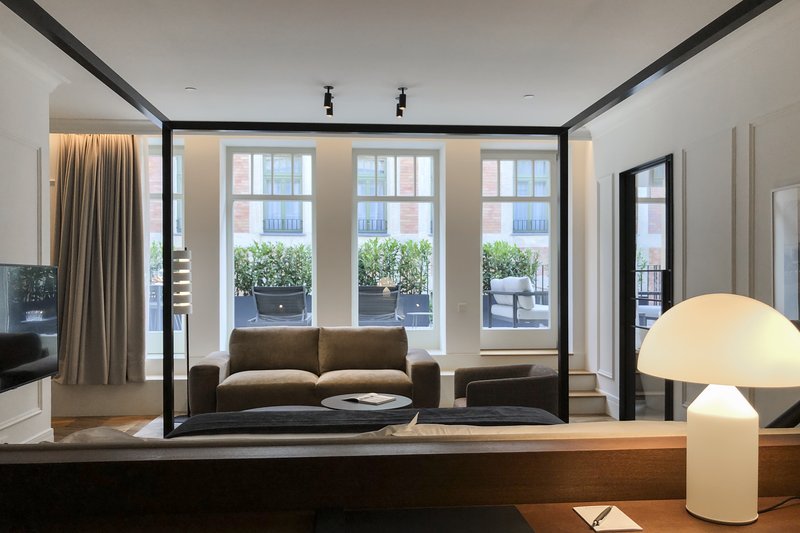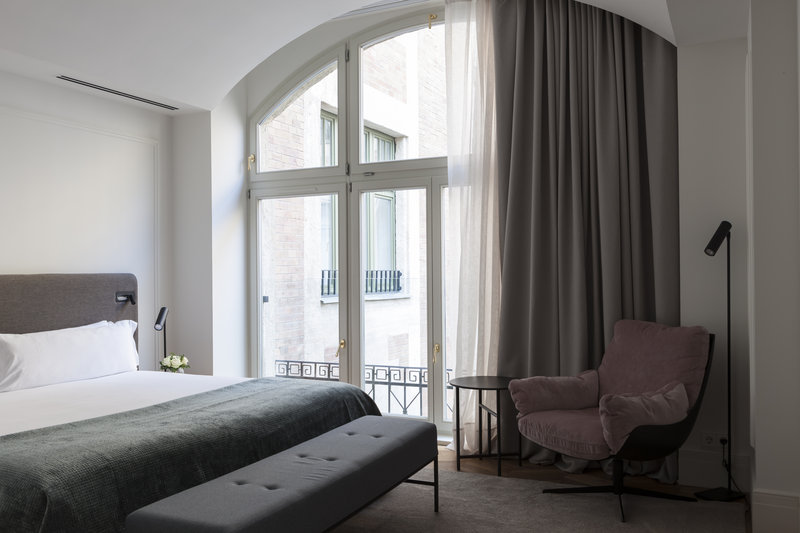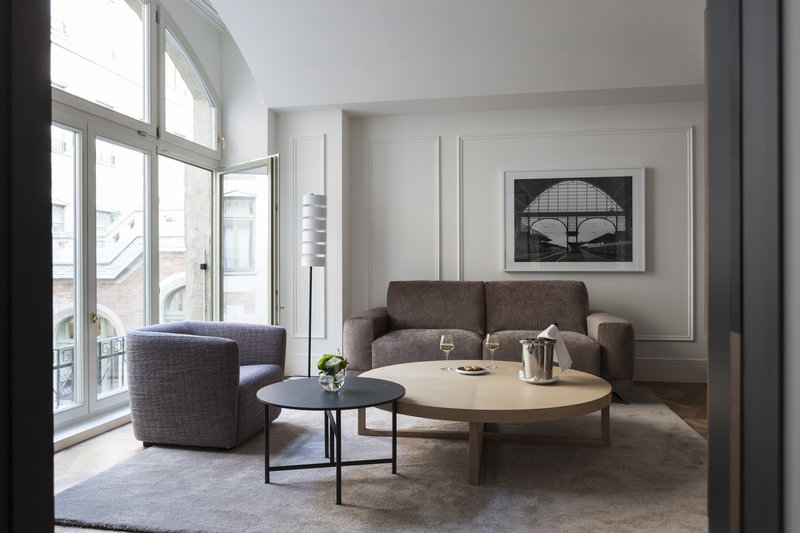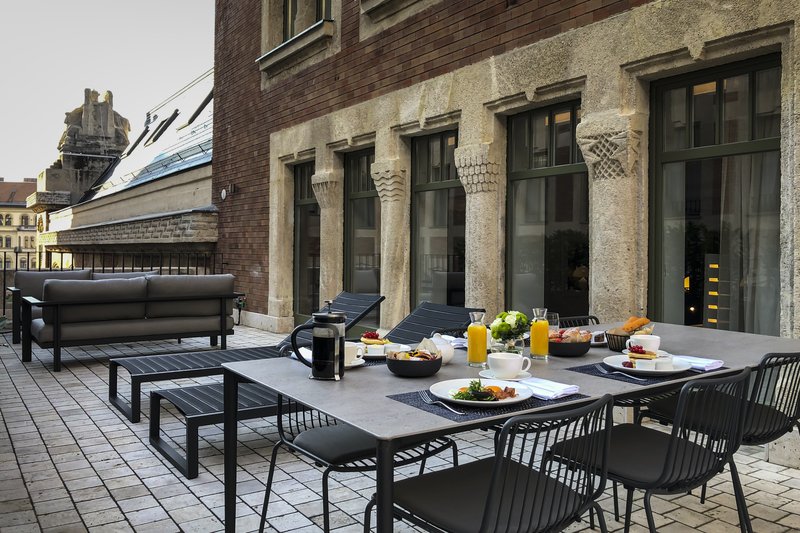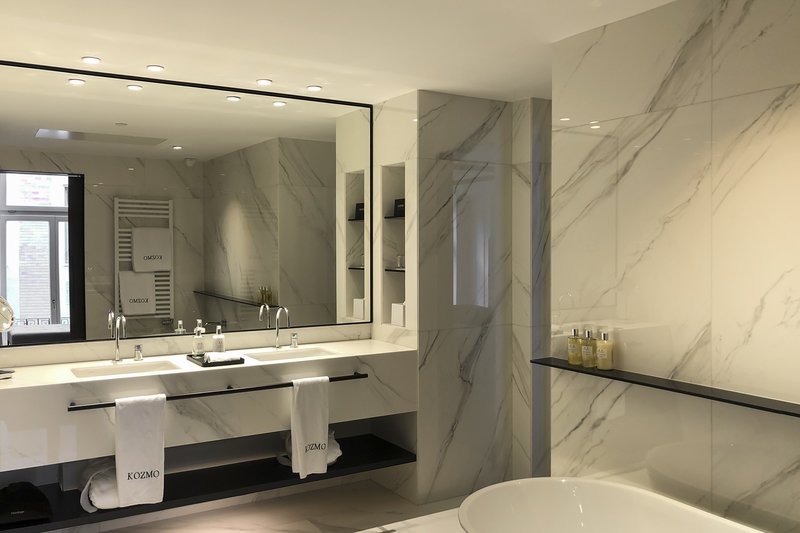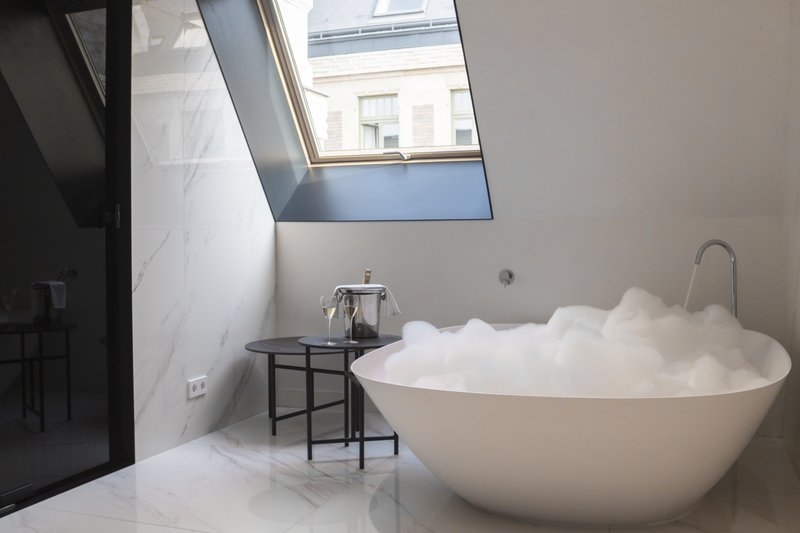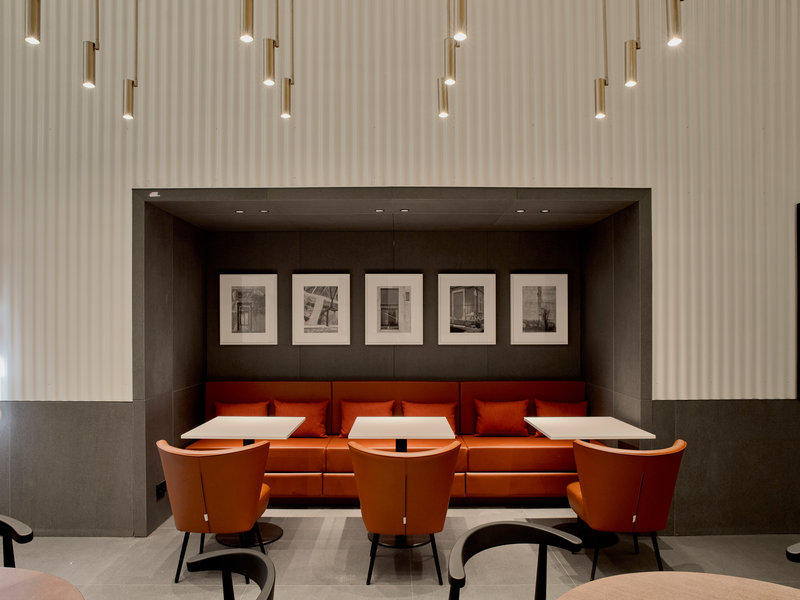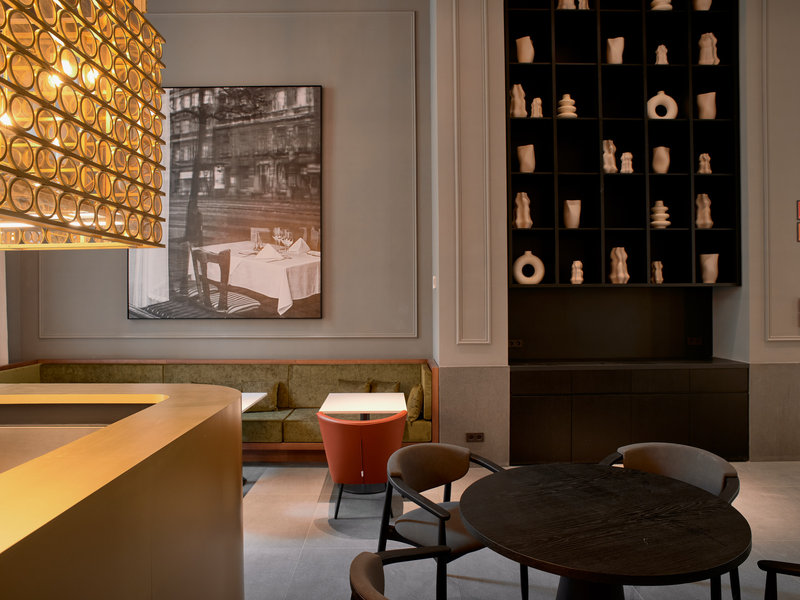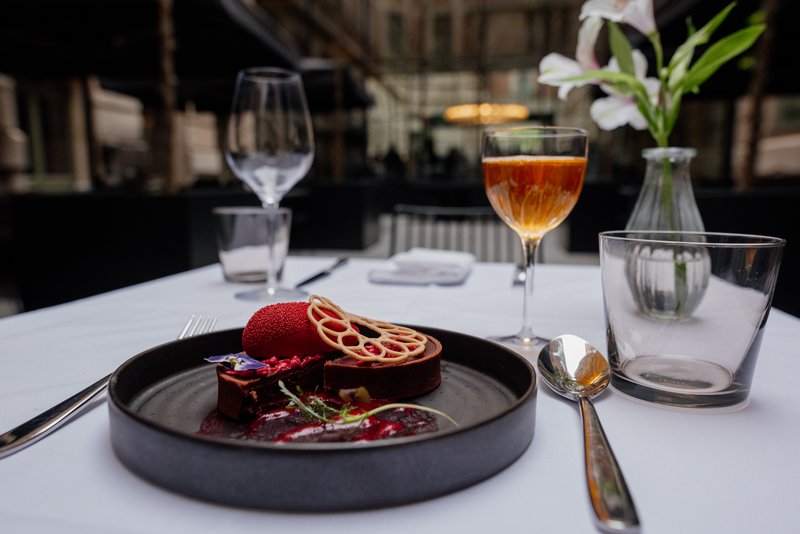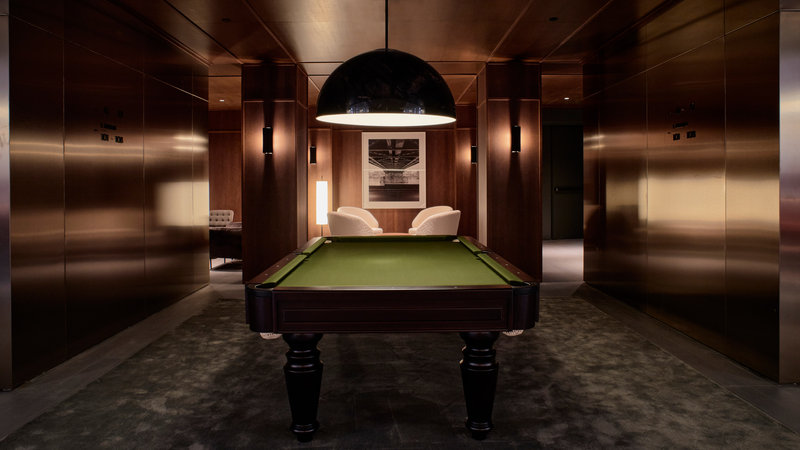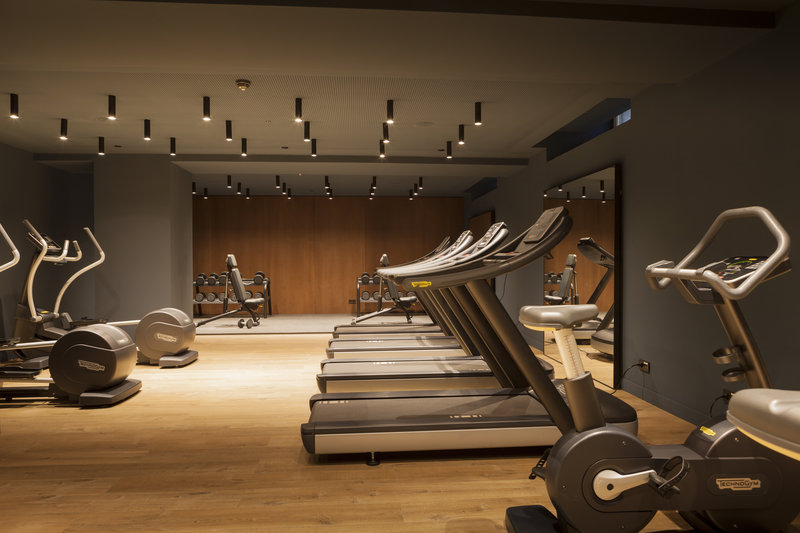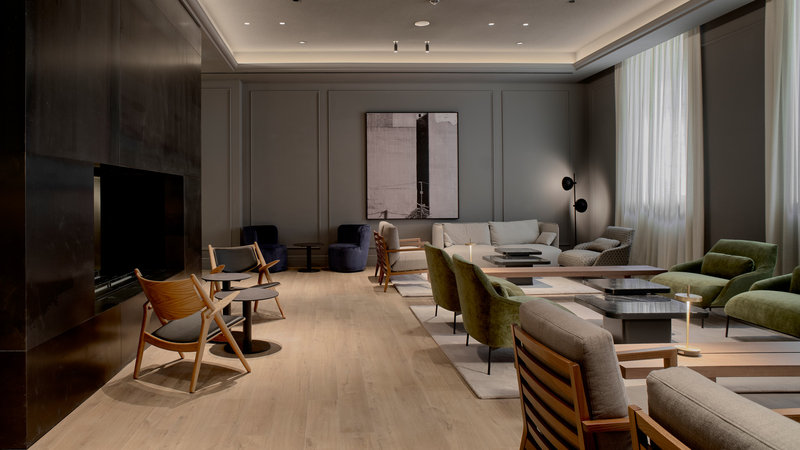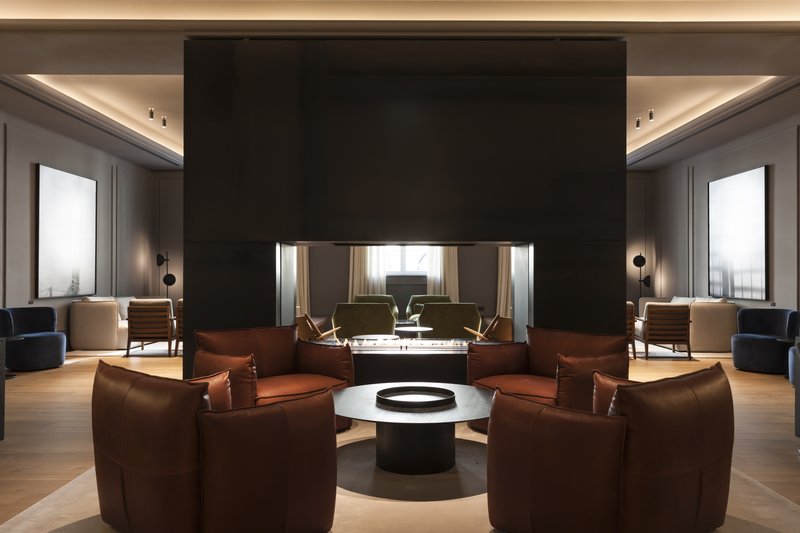Things To Do
LANDMARKS
Stroll along the Chain Bridge, past the fearsome bronze lion heads, and take the funicular railway to the Royal Palace on Castle Hill. This former 13th-century residence of Hungary’s kings and queens is home to the National Gallery and mythical Matthias Fountain. From the neo-Gothic folly of Fishermen’s Bastion, look back across the river to the Parliament, built around 1885 in a flamboyant blend of architectural styles. Visit some of its 700 rooms, including the glittering Dome Hall where ceremonial guards protect the Crown of Saint Stephen.
FOOD AND DRINK
Rows of steaming chimney cakes, smoked sausages and dried paprika bundles hanging over stalls. Stop by the Great Market Hall for local delicacies and folk crafts. You’ll also have your pick of rustic cafés and modern fine-dining restaurants. Here, many chefs are putting a lighter, vegetarian spin on Hungary’s signature dishes such as hearty beef goulash and Halászlé (a fish soup). Lively ruin bars have transformed disused warehouses into Instaworthy social hubs. Decorated with arty graffiti and neon lights, they serve some of the most creative (and strongest) craft beers in Europe.
HISTORY
Stand in Heroes’ Square, gazing at the towering monument to the nation’s war dead. Visit the House of Terror museum that once was the AVH secret police headquarters during Hungary’s Stalinist and fascist regimes. Take a moment to pay your respects at the ‘Shoes on the Danube Bank’ memorial. And join an underground tour of the Hospital in the Rock – a 10km-long cave system, which went from treating injured soldiers and civilians during the 1944 siege, to becoming a nuclear bunker in 1958.
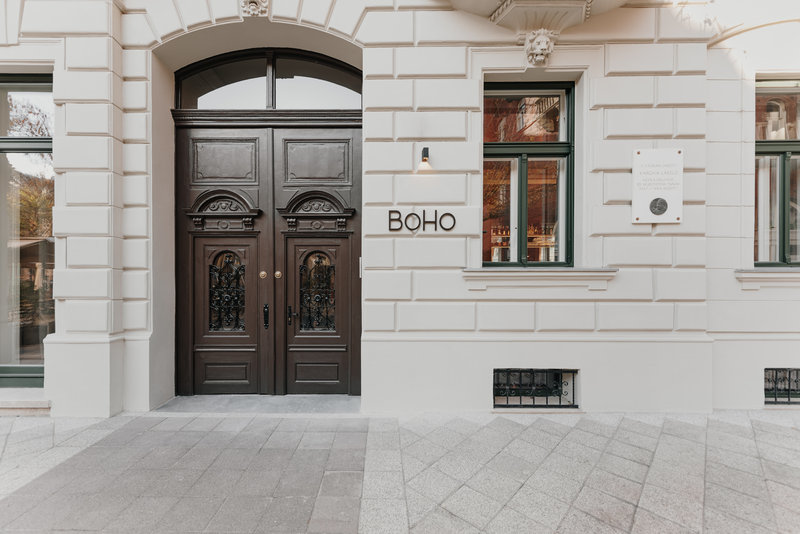
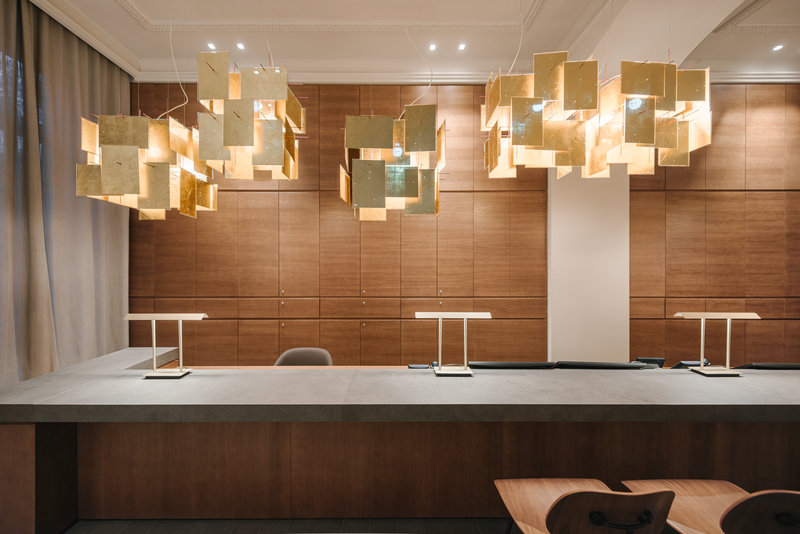
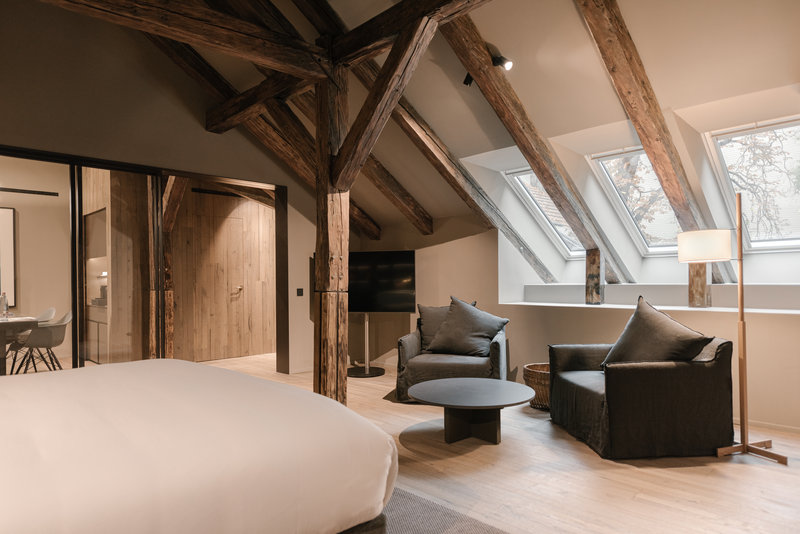
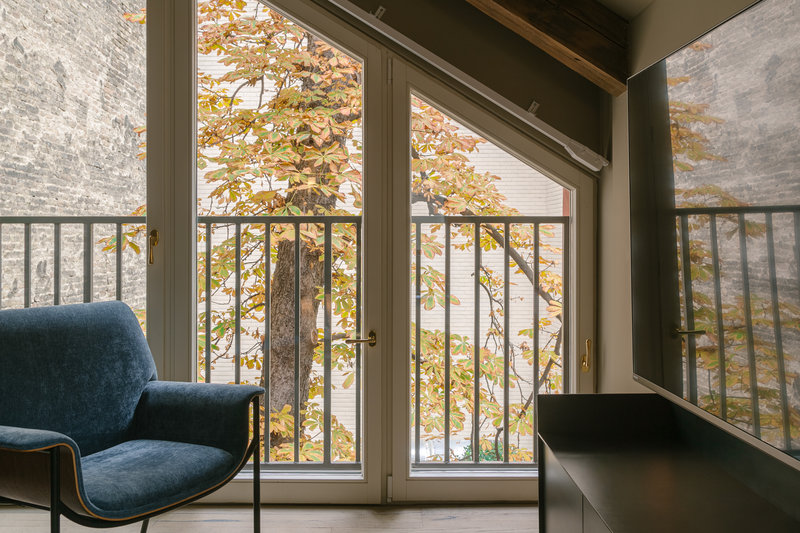
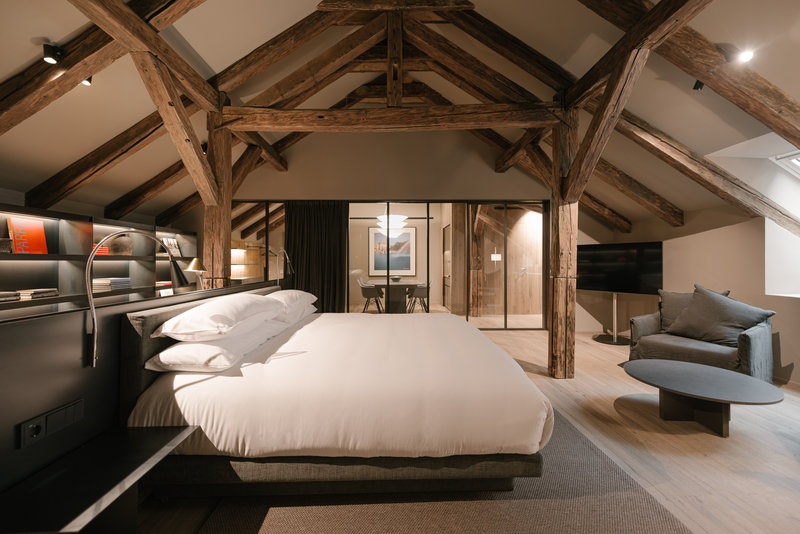
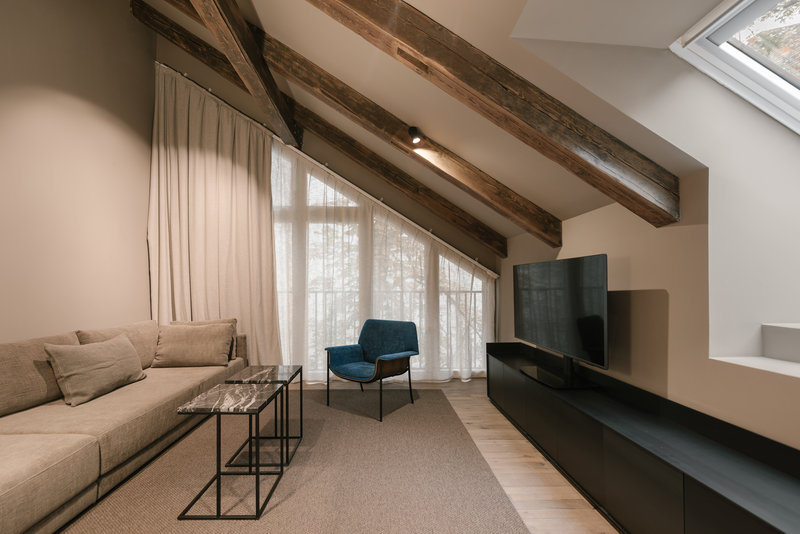
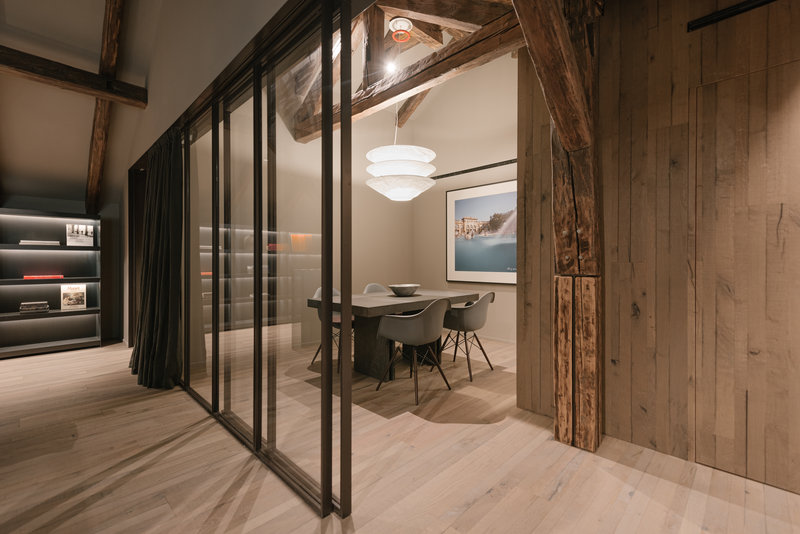

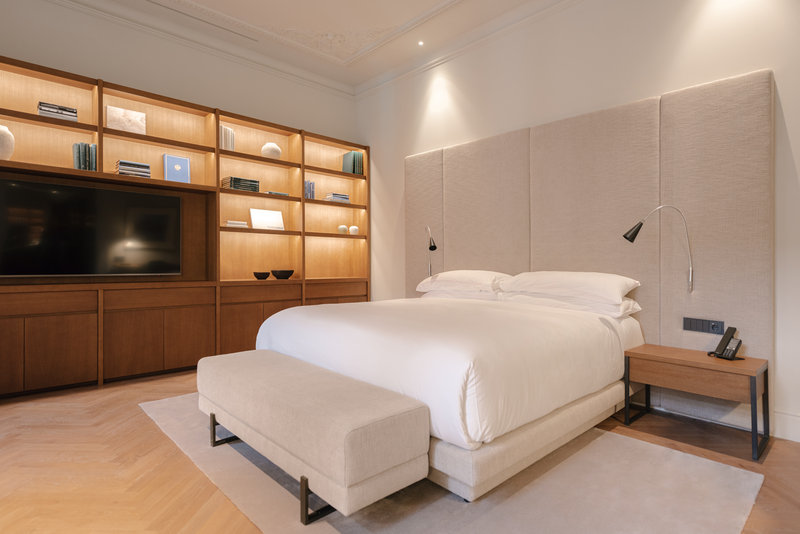
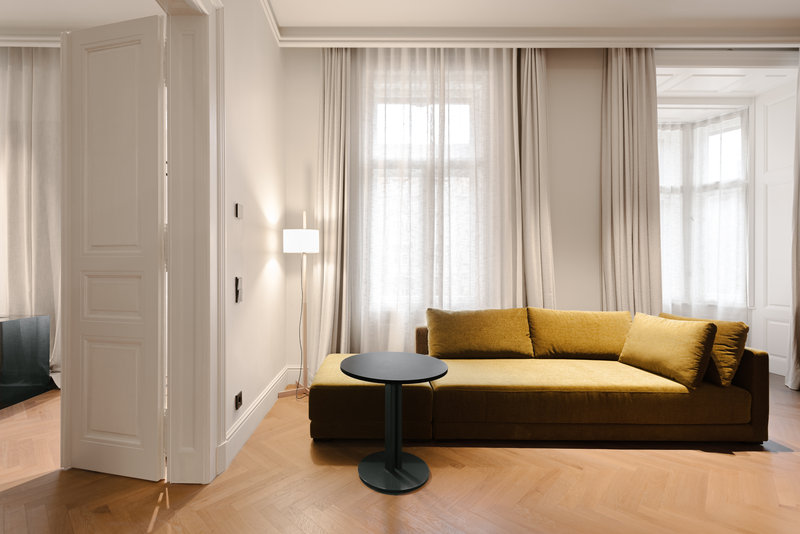
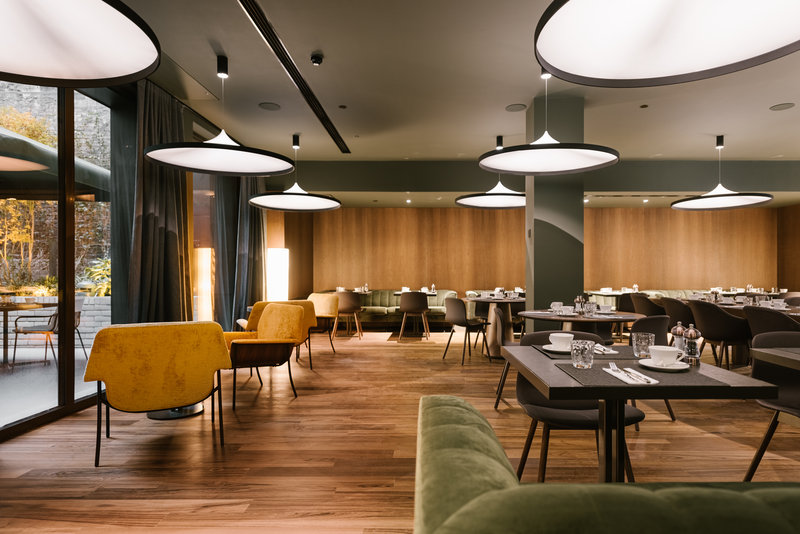
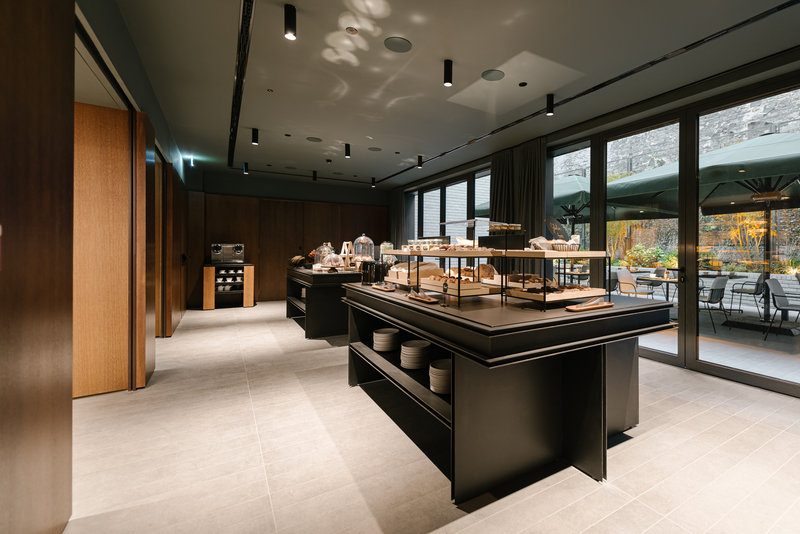
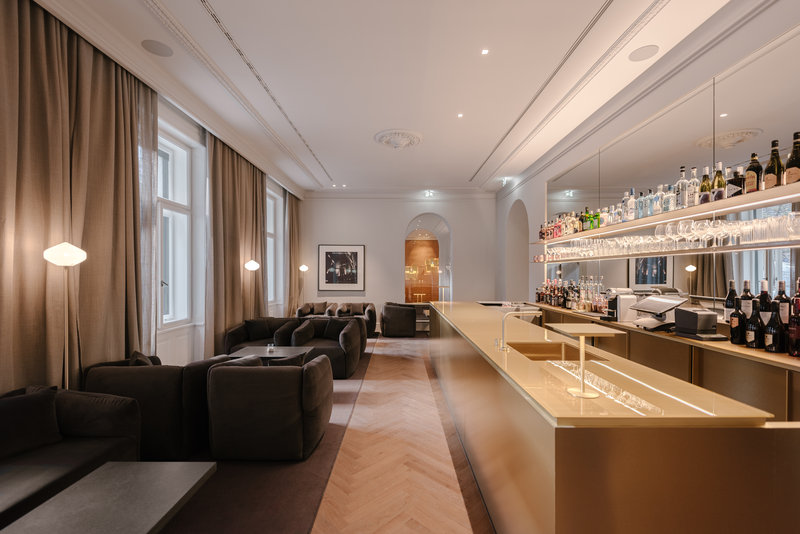
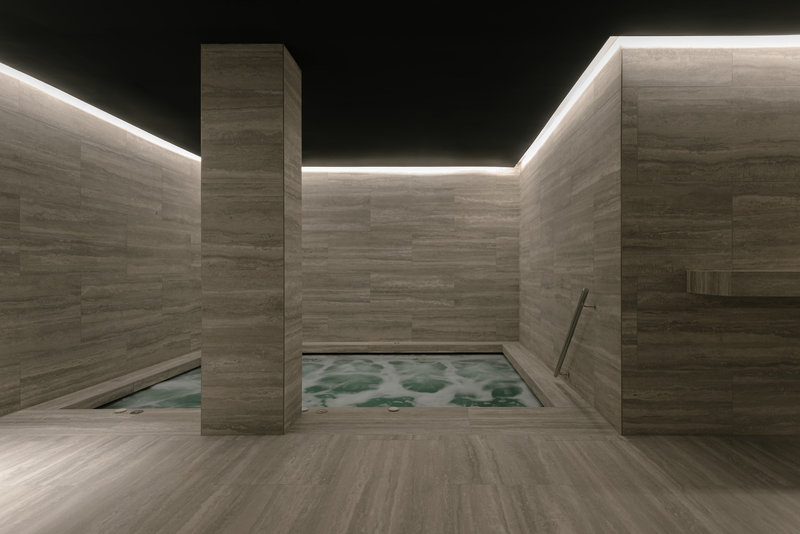

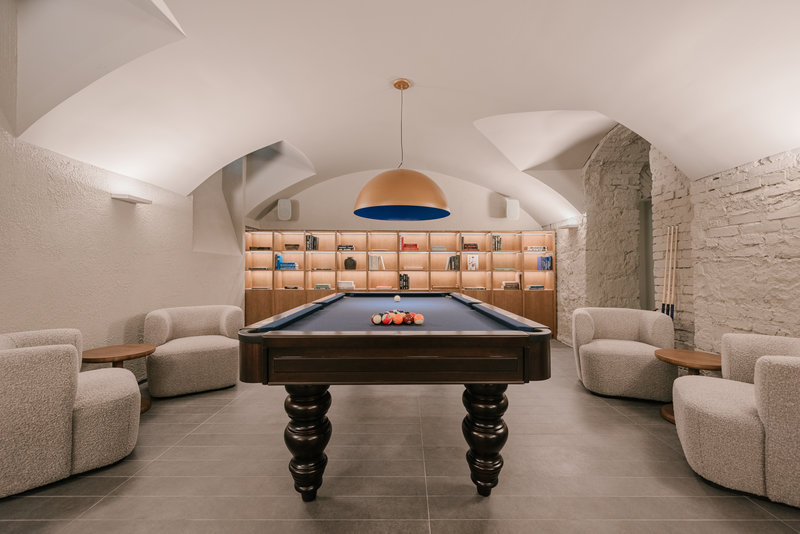
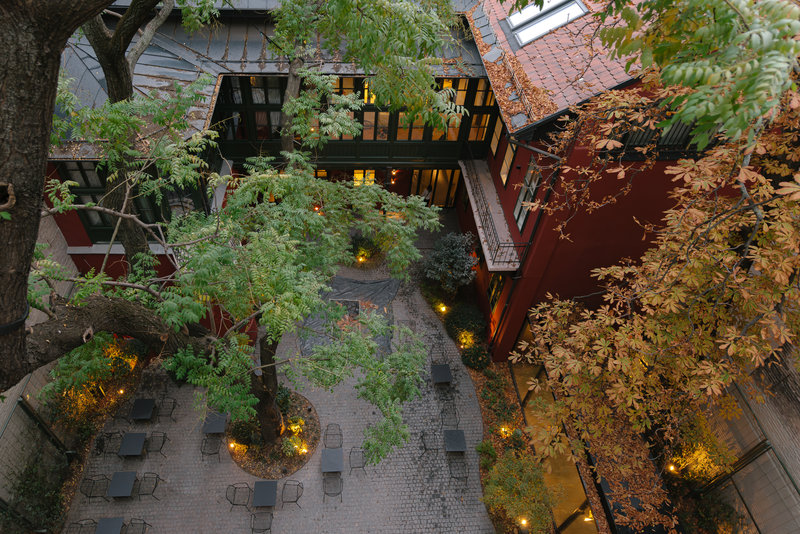

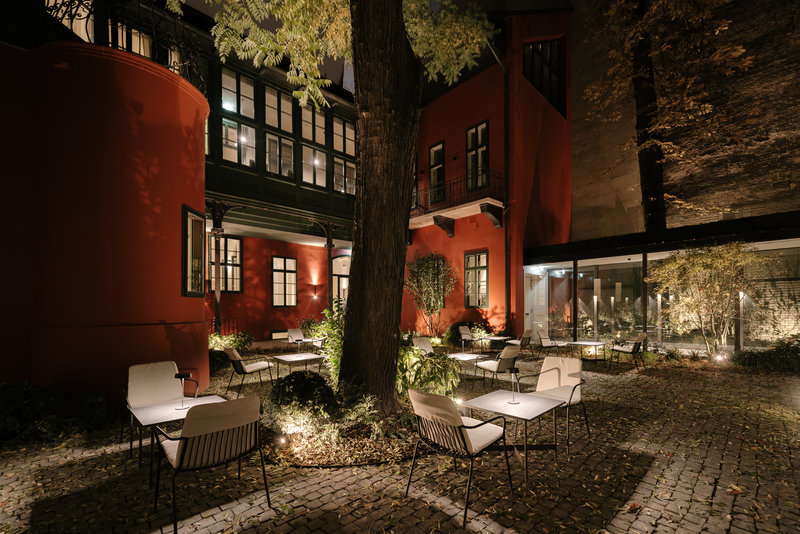
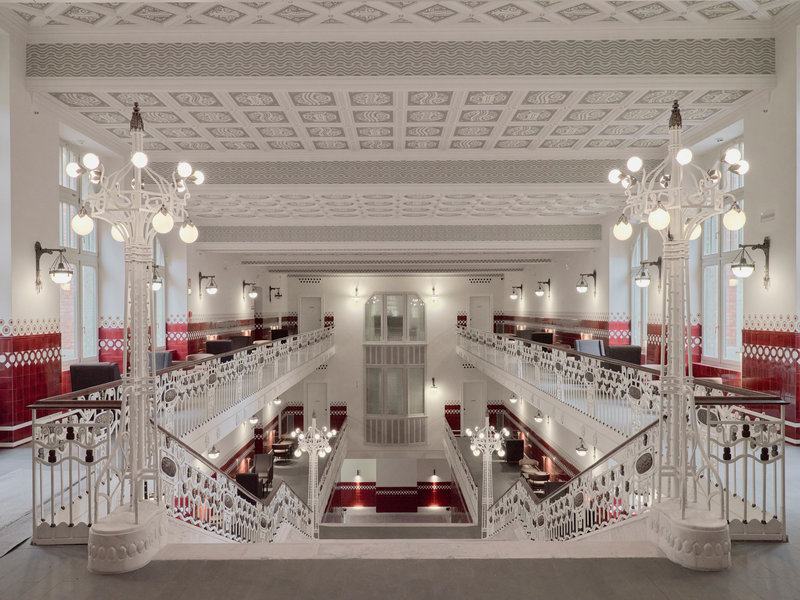
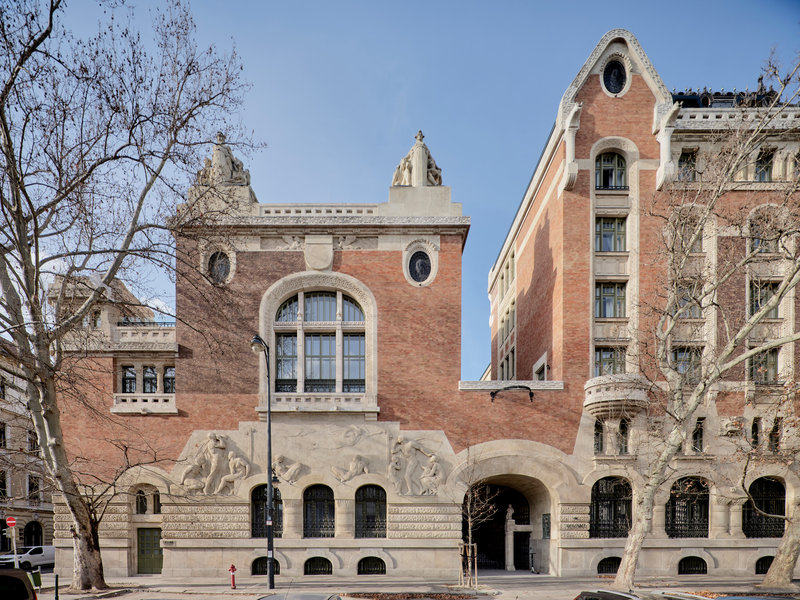
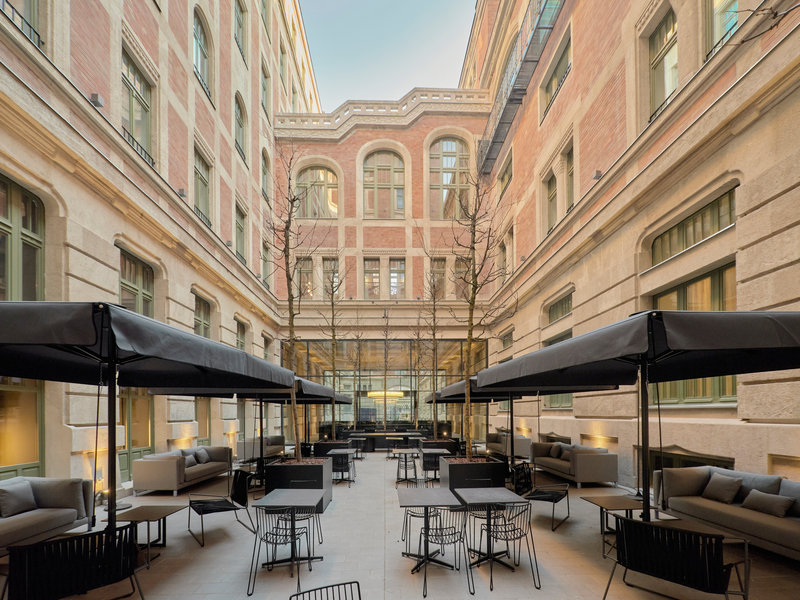
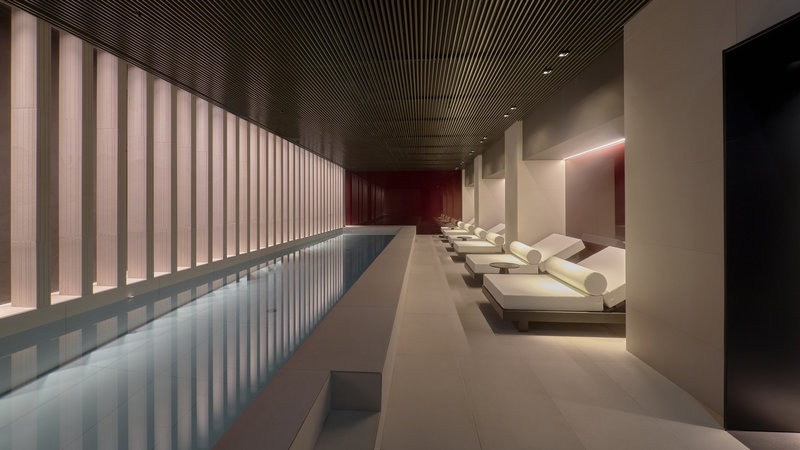
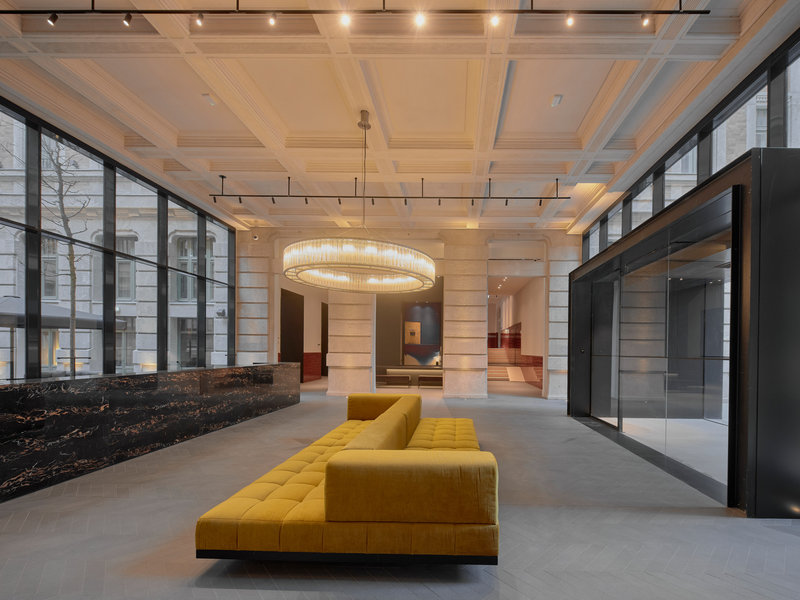
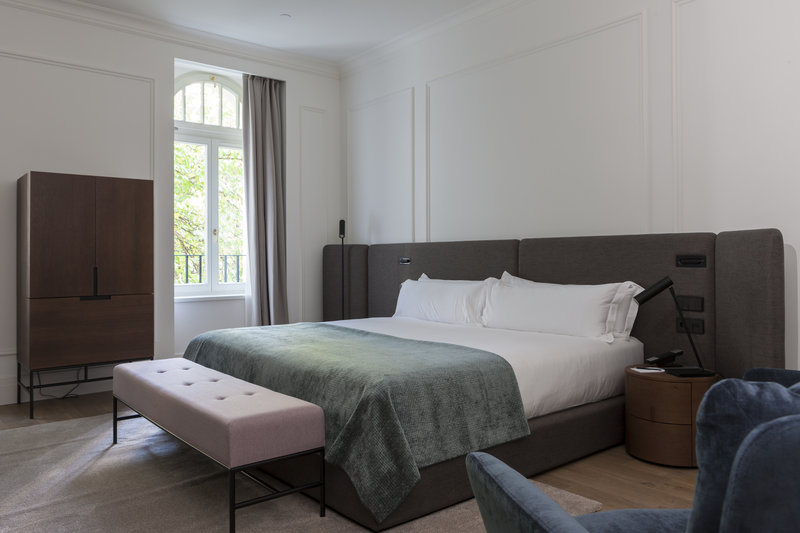
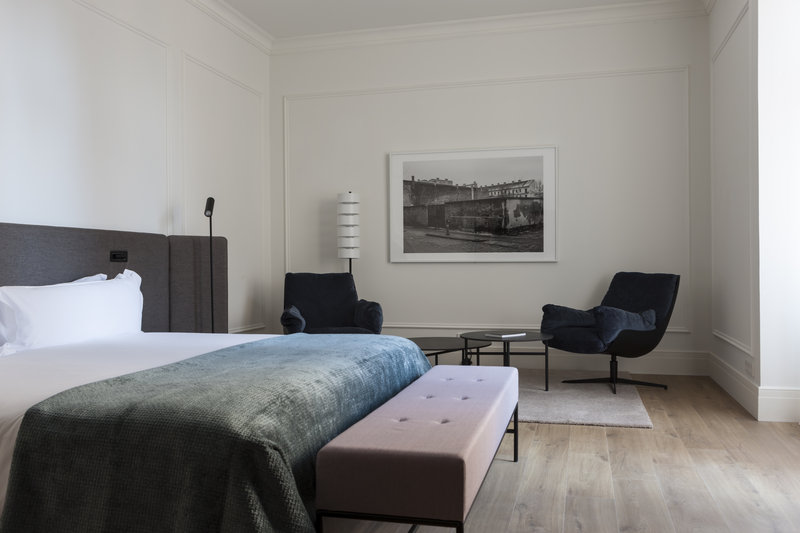
_P.jpg)
